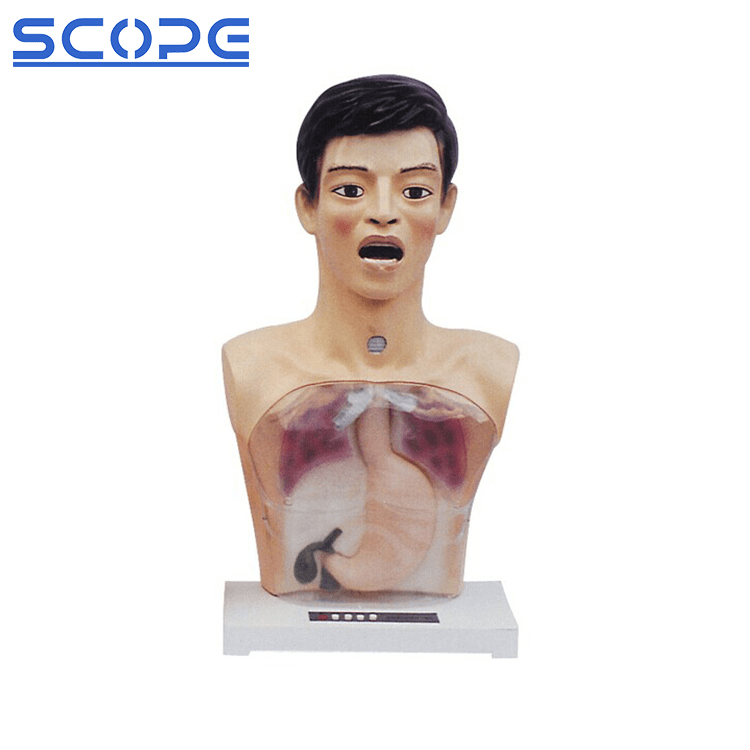Proper care and maintenance of your nursing training manikins are crucial for ensuring their longevity and functionality. Here's a detailed guide to keep your manikins in top condition:
1. Cleaning and Disinfection
l Follow Manufacturer's Instructions: This is the most important step. Every manikin may have specific cleaning solutions or procedures recommended by the manufacturer. Refer to the user manual for detailed instructions and cleaning agents to avoid damaging the materials.
l Regular Cleaning: Clean the manikin after each use to prevent the spread of germs and maintain hygiene. This typically involves wiping down the surface with disinfectant wipes or solutions approved for the specific material.
l Focus on High-Touch Areas: Pay close attention to areas frequently touched by students during skills practice, such as injection sites, wounds, and body openings. These areas require thorough cleaning to prevent cross-contamination.
l Disinfection Frequency: Depending on the usage frequency and potential exposure to bodily fluids, consider more frequent disinfection with hospital-grade disinfectants as recommended by the manufacturer.
2. Maintenance
l Regular Inspections: Perform routine inspections of the manikin for any signs of wear and tear, such as loose parts, cracks, or malfunctioning features (e.g., non-palpable pulses).
l Proper Storage: When not in use, store the manikin in a clean, dry, and cool environment. Avoid direct sunlight or extreme temperatures that could damage the materials.
l Lubrication: Some manikins may require lubrication of specific moving parts to ensure smooth operation. Refer to the manufacturer's instructions for the type of lubricant and frequency of application.
3. Replacement Parts
l Identify Wearable Parts: Certain parts of the manikin, like airways, injection pads, or catheterization components, may be designed for single use or require periodic replacement due to wear and tear.
l Stock Up on Replacements: Maintain a stock of essential replacement parts to ensure manikins remain operational and avoid delays in training exercises.
l Manufacturer Recommendations: Use replacement parts recommended by the manufacturer to ensure compatibility and maintain the functionality of the manikin.
4. Additional Tips
l Student Education: Instruct students on proper handling of the manikins to minimize accidental damage during skills practice.
l Dedicated Cleaning Supplies: Designate specific cleaning supplies for the manikins to prevent cross-contamination with other equipment.
l Training Log: Maintain a log to document cleaning, disinfection, and maintenance procedures performed on the manikins. This ensures proper care and helps track any repairs or replacements needed.
By following these practices, you can extend the lifespan of your nursing training manikins, ensure their continued functionality, and maintain a safe and hygienic learning environment for your student nurses. Remember, well-maintained manikins contribute significantly to the quality of nursing education and preparation for future healthcare professionals.



